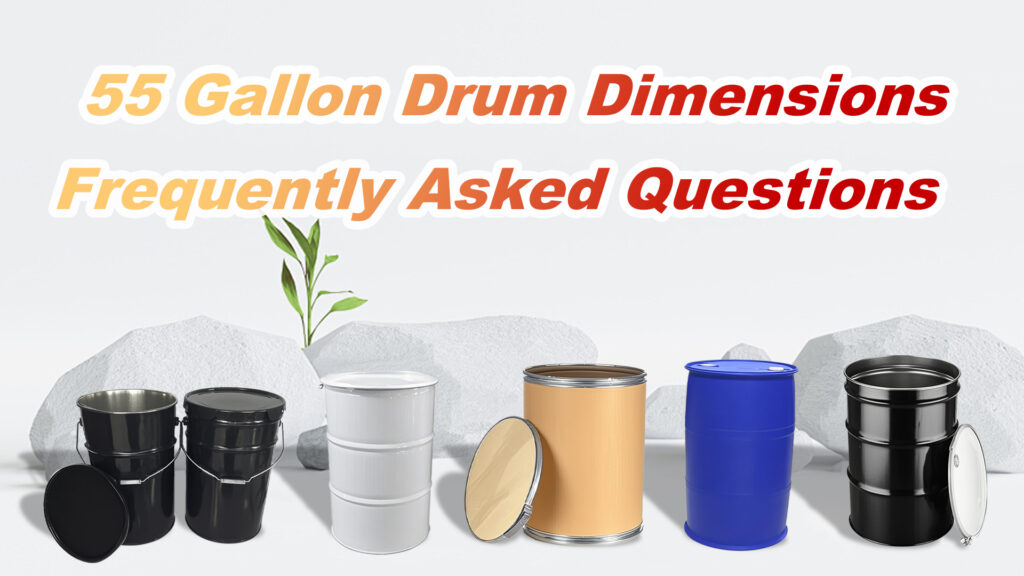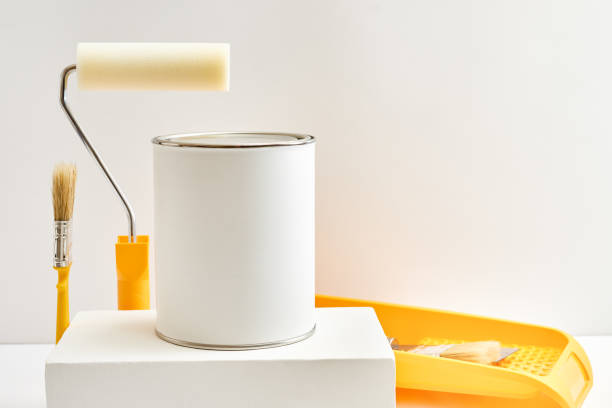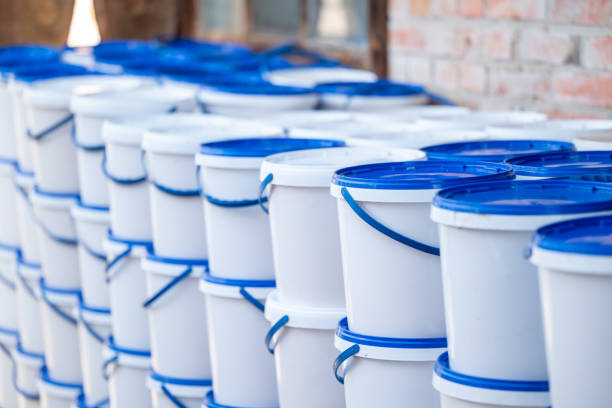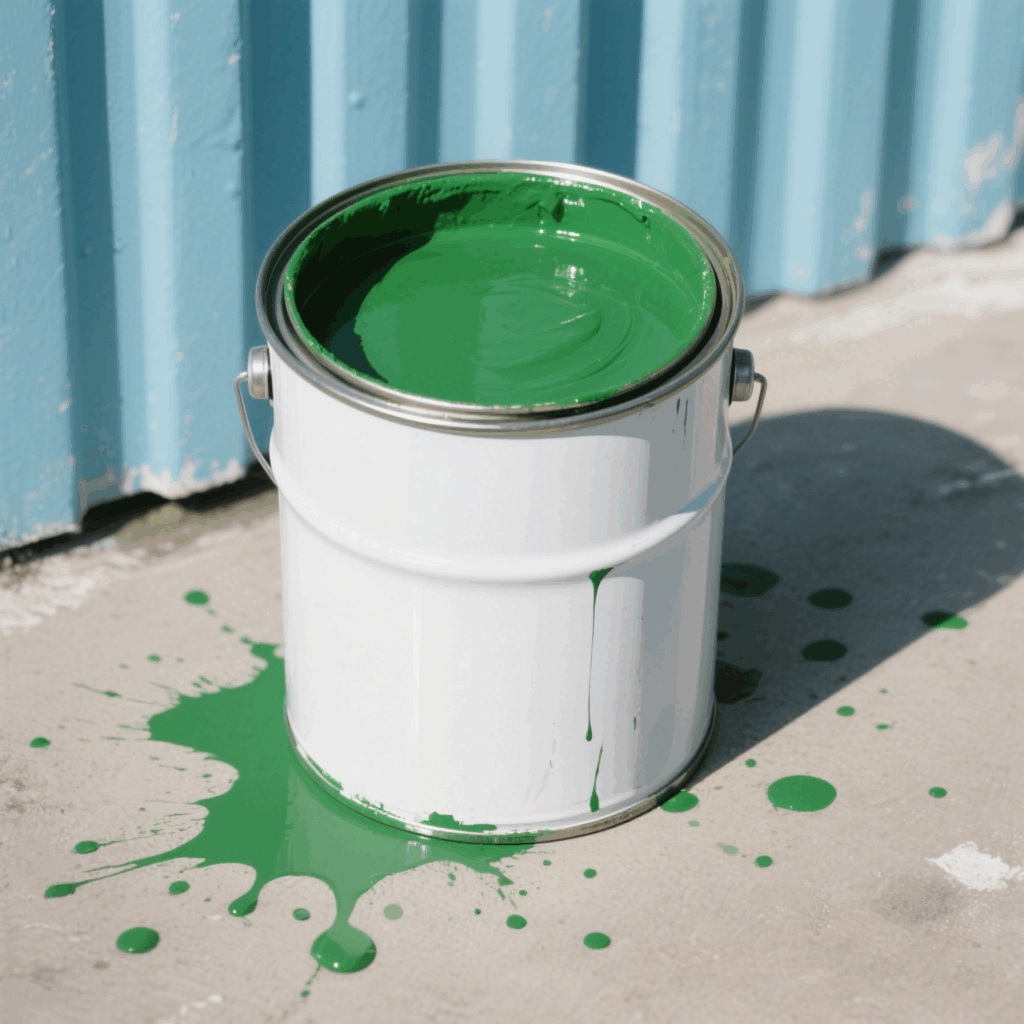That pre-travel packing panic – we’ve all been there. You’re ticking off your mental checklist: passport, tickets, phone, charger… and then you get to toiletries. Suddenly, a crucial question pops into your head: “Can I bring my trusty spray deodorant on the plane?” It seems like a simple item, but when it comes to air travel, especially with aerosols, things can get a bit misty.
As someone who has navigated countless airport security lines, I understand the anxiety. You don’t want to be that person holding up the queue, or worse, having your favorite deodorant confiscated. The good news is, in many cases, you can bring spray deodorant on a plane. อย่างไรก็ตาม, the answer isn’t a straightforward yes or no; it depends on how you pack it and how much you’re bringing.
This comprehensive guide is designed to clear the air (pun intended!) on everything you need to know about traveling with spray deodorant. We’ll break down the rules for carry-on and checked luggage, discuss size limitations, and offer some practical tips to make your journey smoother.
The Big Question: Carry-On vs. Checked Luggage for Spray Deodorant
The first thing to understand is that airlines and security agencies, like the Transportation Security Administration (TSA) in the United States, have different rules for what goes in your carry-on bag versus your checked luggage. This distinction is key for spray deodorants.
Spray Deodorant in Your Carry-On Bag: The TSA 3-1-1 Liquids Rule
If you want to keep your spray deodorant with you in the cabin, you’ll need to comply with the TSA’s 3-1-1 liquids rule. This rule applies to all liquids, aerosols, gels, creams, and pastes. Let’s break it down:
- 3 refers to 3.4 ออนซ์ (หรือ 100 milliliters) per container. Your spray deodorant container must not be larger than this. Unfortunately, this means most full-sized aerosol deodorants are a no-go for your carry-on. Travel-sized versions are your best friend here.
- 1 refers to one quart-sized, clear, zip-top bag. All your travel-sized liquid and aerosol toiletries, including your mini spray deodorant, must fit comfortably into this single bag.
- 1 refers to one bag per passenger. Each traveler is allowed only one of these quart-sized bags.
So, can you bring spray deodorant in your carry-on? ใช่, IF the container is 3.4 ออนซ์ (100มล.) or smaller and it fits into your single, quart-sized clear zip-top bag along with your other travel-sized liquids.
Why the strict rules for carry-ons? The primary concern is security. Limiting the volume of liquids and aerosols helps security personnel manage potential threats more effectively. While your deodorant is harmless, the rule is a blanket measure for all such substances.
What to expect at the security checkpoint: You’ll need to remove your 3-1-1 bag from your carry-on luggage and place it in a separate bin for X-ray screening. This allows TSA officers to get a clear view of your liquids. If your spray deodorant can is larger than 3.4 ออนซ์, or if it’s not in the clear bag, you’ll likely be asked to surrender it.
Spray Deodorant in Your Checked Luggage: More Flexibility, But Still Rules
If you prefer to bring a full-sized can of your favorite spray deodorant, or if you simply don’t want to fuss with travel sizes for your carry-on, checked luggage is generally the way to go.
Are there any restrictions for spray deodorant in checked bags? ใช่, while the 3-1-1 rule doesn’t apply to checked luggage, there are still regulations set by the Federal Aviation Administration (FAA) regarding aerosols. For medicinal and toiletry articles, including aerosols like deodorant, hairspray, and shaving cream, the FAA has the following limitations:
- The total aggregate quantity per person cannot exceed 2 kg (70 ออนซ์) หรือ 2 ล (68 fluid ounces). This total includes all your toiletry aerosols, not just deodorant.
- The capacity of each individual container must not exceed 0.5 kg (18 ออนซ์) หรือ 500 มล. (17 fluid ounces). Most standard-sized deodorant cans fall well within this limit.
Key Considerations for Checked Aerosols:
- Release Mechanism Protection: The FAA mandates that aerosols in checked baggage must be protected by a cap or other suitable means to prevent accidental release of the contents. So, make sure your spray deodorant has its cap securely in place.
- ความไวไฟ: While most toiletry aerosols are permitted, highly flammable aerosols that aren’t specifically toiletries might be restricted or forbidden. Deodorants are generally considered safe toiletries.
This table summarizes the main points:
| Luggage Type | Spray Deodorant (Toiletry) Guidelines | Key Rule/Regulation |
|---|---|---|
| Carry-on | ใช่, if container is ≤3.4ออนซ์/100ml AND placed in a 1-quart clear bag | TSA 3-1-1 Liquids Rule |
| Checked | ใช่, larger/full sizes generally okay. | FAA Aerosol Quantity Limits apply |
| Each container ≤18ออนซ์/500ml. Total toiletries ≤70ออนซ์/2ล per person. | Cap must be on to prevent discharge. |
Dimensions to Consider When Traveling with Spray Deodorant
Beyond just carry-on versus checked, a few other factors can influence your experience traveling with spray deodorant.
1. Type of Deodorant: Spray vs. The Alternatives
While this article focuses on spray deodorant, it’s worth noting that other forms of deodorant are much simpler to travel with:
- Stick Deodorants (Solid): These are not considered liquids or aerosols and can be packed in your carry-on or checked luggage without restriction on size or quantity (within reason for personal use).
- Gel Deodorants: These fall under the 3-1-1 rule for carry-ons if they are over 3.4oz/100ml.
- Roll-On Deodorants: Also subject to the 3-1-1 rule for carry-ons.
- Cream Deodorants (in tubs or tubes): Again, ที่ 3-1-1 rule applies for carry-ons.
If you want to absolutely minimize hassle, a solid stick deodorant is the easiest option for air travel.
2. International vs. Domestic Flights
ที่ TSA rules (like the 3-1-1 rule) are specific to flights departing from, or operating within, the United States. Most countries have similar restrictions for liquids, aerosols, and gels in carry-on baggage, often mirroring the 100ml container limit. อย่างไรก็ตาม, there can be slight variations.
- Always check the rules for your destination country and any transit countries. You can usually find this information on the official airport or government websites of those countries.
- Duty-free aerosol purchases made after security in sealed, tamper-evident bags are often an exception, but rules can vary.
โดยทั่วไป, the FAA regulations for checked baggage toiletries are widely accepted internationally, but it’s always prudent to be aware that local interpretations could exist.
3. Airline Policies
While baseline security rules are set by governmental bodies like the TSA and FAA, individual airlines can sometimes have slightly stricter policies, although this is less common for personal toiletries. It’s rare for an airline to ban an item that the TSA permits, but they might have specific packaging advice or liability limitations. A quick check of your airline’s website under “restricted items” หรือ “baggage information” can provide peace of mind.
4. Size and Packaging of the Deodorant Can
- Carry-On: As emphasized, the container itself must be 3.4 ออนซ์ (100 มล.) or smaller, regardless of how much product is left inside. A half-empty 6-ounce can is still a 6-ounce can in the eyes of security.
- Checked Luggage: Ensure the cap is firmly on to prevent the nozzle from being pressed and the contents spraying inside your suitcase. You might even consider placing it in a separate plastic bag within your checked luggage for extra protection against accidental discharge or leaks, even though the risk of a regulated toiletry can “exploding” due to pressure changes is extremely low (they are designed to withstand such variations).
5. Potential for Accidental Spraying or Leakage
Nobody wants to open their suitcase to find a deodorant-coated wardrobe.
- Ensure the cap is secure. This is the most crucial step.
- Consider placing the aerosol can in a plastic bag as a secondary precaution, especially in checked luggage.
- Pack it snugly amongst soft clothing to minimize movement and impact.
Why Are There Rules for Aerosols on Planes Anyway?
The regulations surrounding aerosols on airplanes stem from safety concerns:
- ความไวไฟ: Many aerosols contain flammable propellants. While toiletry aerosols are generally formulated to be less of a risk, limiting quantities and ensuring secure packaging helps mitigate any potential fire hazard, especially in the cargo hold.
- Pressure Changes: Aircraft cabins and cargo holds experience pressure changes during flight. Aerosol cans are designed to withstand these changes, but rules ensure that only properly manufactured and capped containers are brought aboard. Accidental discharge could also create an unpleasant or even irritating atmosphere in the enclosed cabin environment.
- Security: As mentioned with the 3-1-1 rule, limiting quantities of liquids and aerosols in carry-ons is a broad security measure.
These rules are in place not to inconvenience you, but to ensure the safety and security of all passengers and crew.
Tips for Smooth Sailing (or Flying!) with Your Spray Deodorant
- Know Before You Go: Check the TSA website (or the equivalent for your departure country) for the latest regulations before you pack.
- Measure Up: If taking spray deodorant in your carry-on, ensure the container size is compliant (≤3.4 oz/100 ml). Don’t guess! The size is usually printed on the can.
- Bag It Right: For carry-on, use that clear, quart-sized, zip-top bag for all your travel-sized toiletries.
- Cap It: Always ensure the cap is securely on your spray deodorant, whether it’s in your carry-on or checked luggage. This is an FAA requirement for checked aerosols.
- Consider Alternatives: If you’re concerned about the hassle or want to save space in your liquids bag, a solid stick deodorant is a stress-free option for carry-on.
- Full-Size? Check It: If you must bring your full-sized spray deodorant, pack it in your checked luggage.
- Declare if Unsure: If you have any doubts about an item, ask a TSA officer or airline representative. It’s better to ask than to have an item confiscated.
คำถามที่พบบ่อย (คำถามที่พบบ่อย)
Here are some common questions travelers ask about bringing spray deodorant on a plane:
-
Q1: Can I bring a full-size can of spray deodorant on a plane? ก: You can bring a full-size spray deodorant in your checked luggage, provided it’s capped to prevent accidental discharge and falls within the FAA’s aggregate toiletry limits (total not exceeding 2kg or 2L, each container not exceeding 0.5kg or 500ml). You cannot bring a full-size spray deodorant (i.e., larger than 3.4oz/100ml) in your carry-on bag.
-
Q2: What exactly is the 3-1-1 rule for spray deodorant in carry-on? ก: Your spray deodorant container must be 3.4 ออนซ์ (100 milliliters) or less. All your small liquid and aerosol containers must fit into 1 single, quart-sized, clear, zip-top bag. Each passenger is allowed only 1 such bag.
-
Q3: Are the rules different for international flights versus domestic US flights? ก: The TSA’s 3-1-1 rule applies to flights departing from the US. Most countries have very similar carry-on restrictions for liquids and aerosols (often the same 100ml limit per item). อย่างไรก็ตาม, it’s wise to check the specific rules for your destination and any transit countries. Checked baggage rules for toiletries are also generally consistent but checking is always best.
-
Q4: What happens if my spray deodorant is too big for my carry-on bag at the security checkpoint? ก: If your spray deodorant can exceeds 3.4 ออนซ์ (100มล.) and you attempt to take it through security in your carry-on, TSA officers will very likely confiscate it. You typically won’t have the option to go back and check it at that point unless you’re willing to leave the security line and go back to the check-in counter (if that’s even feasible time-wise).
-
Q5: Is there a risk of my aerosol deodorant can exploding in my checked luggage due to pressure changes? ก: This is highly unlikely for commercially produced toiletry aerosols like deodorant. These cans are designed to withstand normal variations in atmospheric pressure and temperature experienced during flight. The main risk is accidental discharge if the cap is loose, not an explosion.
-
Q6: Are all types of aerosol products allowed on planes? ก: เลขที่. The rules discussed here primarily apply to toiletry and medicinal aerosols (deodorant, hairspray, shaving cream, certain medications). Other types of aerosols, such as spray paint, cooking spray, or industrial lubricants, are often classified as hazardous materials and are generally forbidden in both carry-on and checked luggage. Always check the specific type of aerosol you intend to bring.
-
Q7: Can I buy spray deodorant at the airport after passing security? ก: ใช่, items purchased in the secure area of the airport (after security screening) can be brought onto the plane, even if they are larger than 3.4oz/100ml. Just be mindful if you have a connecting flight in another country, as you might have to go through security again where different rules could apply to those items if not in a sealed, tamper-evident bag.
บทสรุป: Pack Smart, Stay Fresh
So, can you bring spray deodorant on a plane? The answer is a resounding “yes,” with a few important caveats. For carry-on convenience with your favorite scent, opt for a travel-sized can (3.4oz/100ml or less) tucked into your single, clear, quart-sized bag. For full-sized cans, your checked luggage is the place to go, ensuring the cap is secure and you’re within the generous FAA limits for toiletries.
By understanding these regulations, you can pack with confidence, breeze through security, and arrive at your destination feeling fresh and ready for whatever adventures await.
And speaking of well-contained products, the quality of the container itself plays a huge role in the safety and usability of aerosol products. For businesses looking for reliable and high-quality aerosol can solutions, ฟานซุน is a world-class can manufacturer and supplier. They offer a wide array of products in different specifications and shapes, ensuring that contents, whether it’s deodorant or other essentials, are packaged safely and effectively. Their commitment to quality in manufacturing contributes to the very system that allows us to travel safely with these everyday items.























